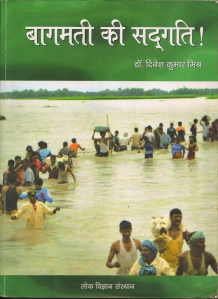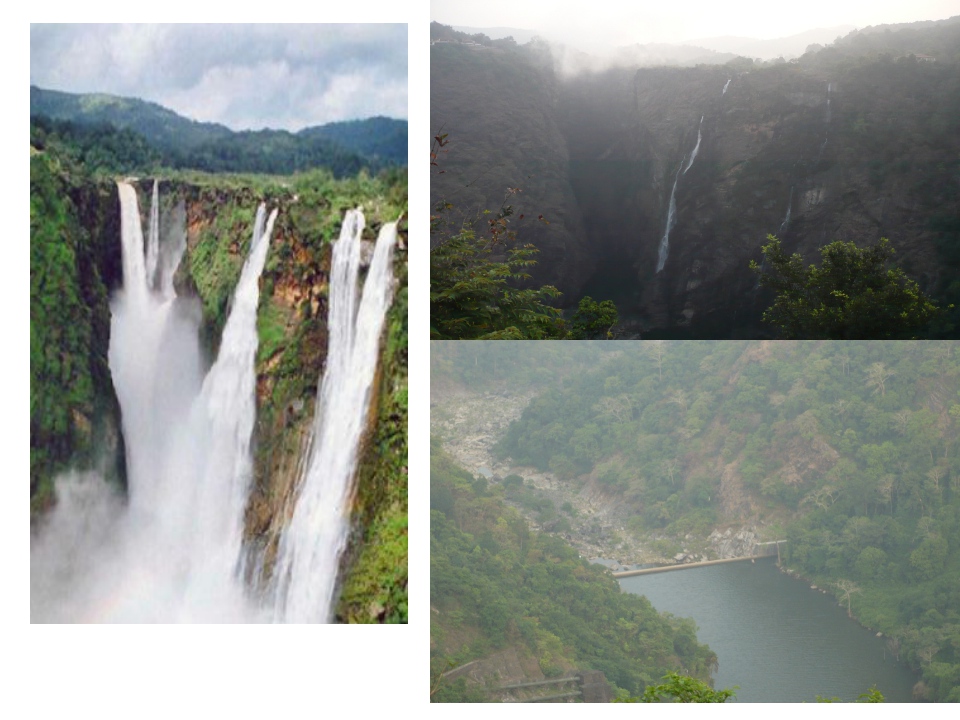Rivers
Ek dozen pani - Twelve stories on the passage of water in Mumbai and its relation with everyday lives - Films by Aakansha Sewa Sangh, Agaaz, Arts Collective CAMP and Nikhil Anand
Posted on 14 Jul, 2012 05:07 PMAs part of an investigation into the social life of water in areas in Mumbai, Ek Dozen Paani is a collaborative project between youth of two community organisations namely, Aakansha Sewa Sangh and Agaaz, Arts Collective CAMP and anthropologist Nikhil Anand and includes twelve s
"Pani, hum aur Anupam" - A talk on rainwater harvesting by Anupam Mishra on NDTV
Posted on 14 Jul, 2012 05:00 PMUnderstanding the floods of Bihar - Book review of "Bagmati Ki Sadgati !"
Posted on 14 Jul, 2012 10:28 AM Bagmati Ki Sadgati! by Dr.
Bagmati Ki Sadgati! by Dr.
Papers on wastewater treatment in Delhi by Elsevier publications
Posted on 10 Jul, 2012 05:47 PM1.Reuse of treated sewage in Delhi city: Microbial evaluation of STPs and reuse options
Priyanka Jamwala, Atul K. Mittal
Privatisation of water services in New Delhi : Myth and reality - Report by Water Privatisation - Commercialization Resistance Committee
Posted on 09 Jul, 2012 12:40 PMResidents of Delhi have been protesting against privatisation of water atleast since 2005.
A study on the issues of the inland fisheries and the policy framework governing the sector
Posted on 07 Jul, 2012 03:04 PMIssue of Commons and institutional arrangements:
Narayanan Unni's organic farm in Chittur, Palakkad, Kerala - A video report
Posted on 30 Jun, 2012 11:07 PMIn these videos namely Part I and Part II, Narayanan Unni walks us through his farm located in Chittur, Palakkad, Kerala that includes a range of organically grown medicinal plants, vegetables and introduces the organically grown ancient med
Living rivers, dying rivers: Rivers of Tamil Nadu and Kerala
Posted on 28 Jun, 2012 04:35 PMIntroduction

"Citizens need to engage in critiquing environment impact assessments": Report of a workshop on environmental flows, organised by Himmothhan and International Rivers at Dehradun
Posted on 24 Jun, 2012 04:39 PMWhat do we see our rivers as? Are they merely conduits for water that is to be used to its fullest extent? Or are they valued and revered ecosystems? The Himmotthan Society, Dehradun and International Rivers, U.S.A., hosted a discussion a workshop on ‘Environmental Flows’ at Hotel Madhuban, Dehradun on 08 June 2012 that sought to clarify the issues around these questions.
A Primer on the What, Why and How of environmental flows, authored by Dr. Latha Anantha (River Research Centre, Kerala) and Parineeta Dandekar (South Asia Network on Dams, Rivers and People, SANDRP) and published by International Rivers, was shared with the participants. The presentations made during this workshop are presented in this article.
The legendary Jog falls are a shadow of their former self after damming (Courtesy: Dr.Latha Anantha)
Assessment of the environmental flows requirements for the Upper Ganga basin: A report by the World Wide Fund for Nature (India)
Posted on 22 Jun, 2012 02:27 PMThe Ganga is the most sacred river in the sub-continent, and revered by millions.It is also among the top ten rivers at risk. The key threat to the river is indiscriminate abstraction of water from the river, leavng it unable to maintain its ecological integrity or to satisfy the needs of riparian communities.




